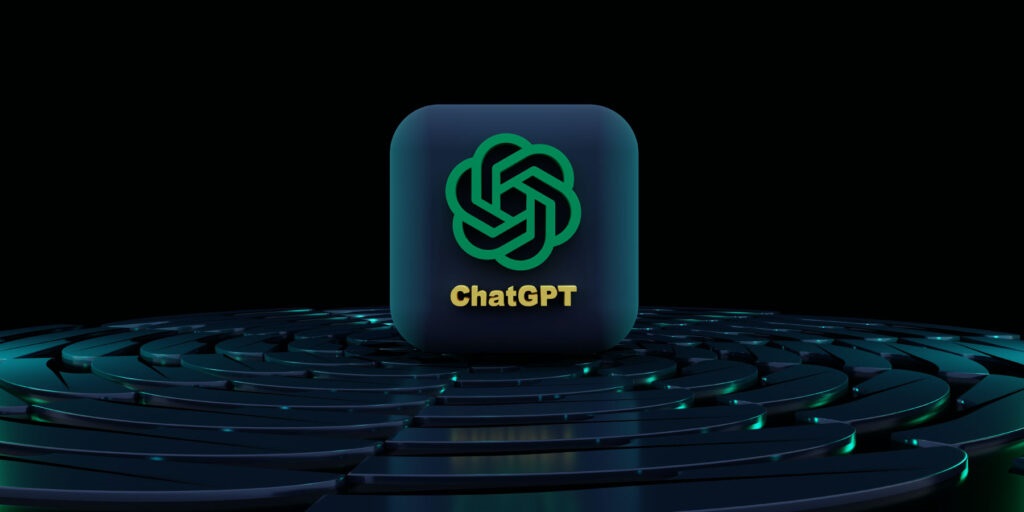ChatGPT is a versatile tool that can engage users in meaningful and insightful conversations across various topics. However, the key to unlocking engaging interactions lies in how well you craft your prompts. Well-written prompts can guide ChatGPT to deliver responses that are relevant, thoughtful, and tailored to your needs. This article provides essential tips on how to write prompts that lead to engaging and productive conversations with ChatGPT.
1. Start with a Clear Purpose
To craft an engaging prompt, begin by defining the purpose of your conversation. Are you seeking information, exploring creative ideas, or solving a problem? Understanding your objective will help you structure your prompt effectively and guide Cheap Chatgpt prompts to provide responses that align with your goals.
For instance, if you want to brainstorm ideas for a new blog post, clearly state that: “Can you suggest five innovative topics for a technology blog that will appeal to a young, tech-savvy audience?” This specificity helps ChatGPT generate focused and relevant ideas.
2. Be Specific and Detailed
Specificity in your prompts helps ChatGPT narrow down its responses to meet your exact needs. Vague prompts can lead to generic answers, while detailed prompts provide the context necessary for tailored responses. Include relevant details to direct ChatGPT towards the type of information or insight you are looking for.
For example, instead of asking, “How can I improve my marketing strategy?” specify your context: “What are three effective ways to enhance the digital marketing strategy for a small business specializing in eco-friendly products?” This prompt provides ChatGPT with clear parameters, resulting in more actionable advice.
3. Use Open-Ended Questions
Open-ended questions are effective for sparking engaging and thoughtful responses. These questions encourage ChatGPT to explore the topic in depth, offering more comprehensive answers. Starting prompts with “why,” “how,” or “what” invites a broader discussion and detailed exploration.
For instance, instead of asking, “Is social media important for businesses?” try, “How can social media be leveraged to build brand loyalty for a new online clothing store?” This approach invites a deeper dive into the topic, leading to richer and more insightful responses.
4. Provide Context for Relevance
Providing context in your prompts helps ChatGPT tailor its responses to your specific situation. When you include background information or specify your target audience, ChatGPT can offer more relevant and applicable advice. This contextual detail ensures that the responses are not only engaging but also useful.
For example, if you need advice on content creation for a particular platform, specify the platform: “What are some effective strategies for creating engaging video content on Instagram for a fitness brand targeting millennials?” This context helps ChatGPT deliver targeted recommendations.
5. Request Information in a Structured Format
If you prefer information presented in a certain format, such as lists, bullet points, or a summary, mention this in your prompt. This helps ChatGPT organize its response in a way that is easy to digest and apply. Structured formats make it easier to review and implement the information provided.

For instance, rather than asking, “How can I improve my website’s SEO?” request, “Can you provide a step-by-step guide with key action points for improving my website’s SEO?” This format ensures that the information is organized and actionable.
6. Experiment with Prompt Length
The length of your prompt can influence the depth and detail of the response. Short prompts may lead to brief answers, while longer, more detailed prompts can encourage a more thorough exploration of the topic. Experiment with different lengths to find what works best for your needs.
For example, a prompt like “How do I start a podcast?” might get a general overview, whereas “Can you provide a detailed plan for launching a successful podcast, including tips on equipment, content creation, and promotion?” will likely yield a more comprehensive response.
7. Iterate and Refine Prompts
Crafting the perfect prompt may require some iteration. If the initial response isn’t quite what you were looking for, refine your prompt by adding more details, adjusting the focus, or rephrasing the question. Iteration helps in honing the prompts to better match your needs and achieve more engaging interactions.
For instance, if you ask, “What are some tips for writing a book?” and the response is too general, try refining it to, “What are three advanced techniques for writing and editing a novel to ensure it resonates with readers?”
8. Use Examples for Clarity
Including examples in your prompts can provide clarity and guide ChatGPT to generate responses that align with your expectations. Examples help illustrate the type of information or style you’re looking for, making it easier for ChatGPT to provide relevant answers.
For example, instead of asking, “How can I create engaging social media posts?” provide an example: “Can you suggest ways to create engaging social media posts similar to those used by popular brands like Nike or Apple?”
Conclusion
Unlocking engaging conversations with ChatGPT starts with crafting well-thought-out prompts. By defining your purpose, being specific, using open-ended questions, and providing context, you can guide ChatGPT to deliver more relevant and insightful responses. Requesting information in structured formats, experimenting with prompt length, iterating on your prompts, and using examples further enhance the quality of interactions. With these tips, you can maximize the potential of ChatGPT and achieve more meaningful and productive conversations.











